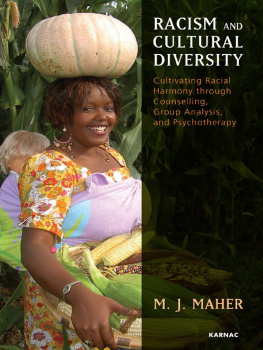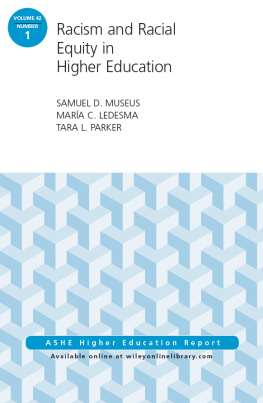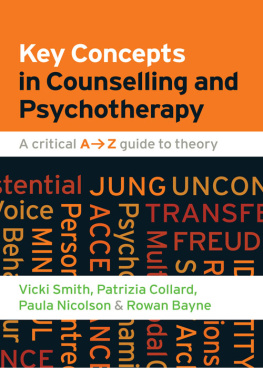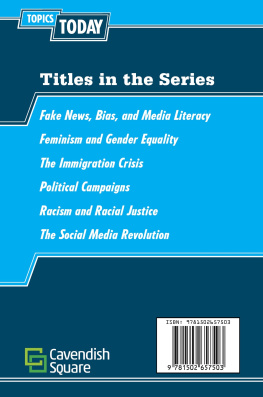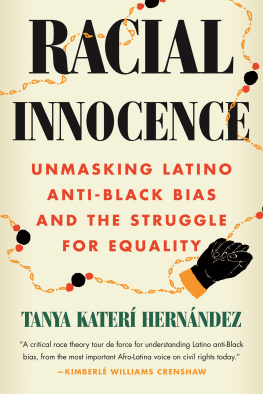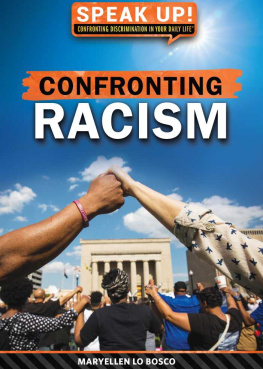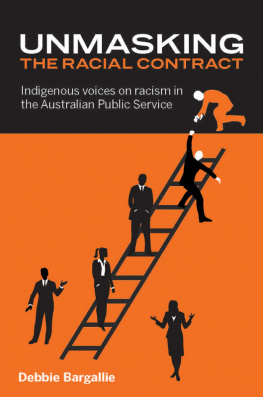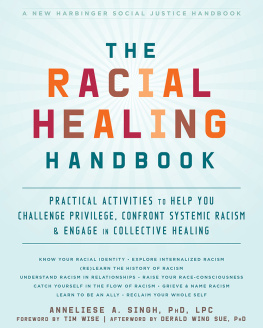Reproduction of lines from This Be The Verse by Philip Larkin, reprinted with kind permission of the publisher, Faber and Faber Ltd, from Collected Poems by Philip Larkin.
First published in 2012 by
Karnac Books Ltd
118 Finchley Road London NW3 5HT
Copyright 2012 to MJ Maher
Illustrations Georgia Machershaw and Kiara Thembile Maher
The right of MJ Maher to be identified as the author of this work has been asserted in accordance with 77 and 78 of the Copyright Design and Patents Act 1988.
All rights reserved. No part of this publication may be reproduced, stored in a retrieval system, or transmitted, in any form or by any means, electronic, mechanical, photocopying, recording, or otherwise, without the prior written permission of the publisher.
British Library Cataloguing in Publication Data
A C.I.P. for this book is available from the British Library
ISBN-13: 978-1-85575-630-4
Typeset by Vikatan Publishing Solutions (P) Ltd., Chennai, India
Printed in Great Britain
www.karnacbooks.com
This book is dedicated to Seamus and Maureen Maher, whose
nurturing and holding roots have sustained this multicultural family
tree. Thank you for being present and available to the whole family in
its entire extension, and what an extension it is! Thank you also for
the birth of my best friendGarrett John Brendan Maher.
Inspiration
This book was inspired by the memory of the indomitable courage and
spirit of independence shown by my late father, Titus Samuel Kadhlela
Mubika, my late mother, Ethel Kamwemba Mubika, my late brothers
Sam Titus Zondie Mubika and Major Obediah John Mhiko Mubika,
also known as Comrade Blackson Shungu. Their spirit and voices
accompany and guide me through every day of my life.
I have fought against white domination and I have fought against black domination. I have cherished the ideal of a democratic and free society in which all persons live together in harmony and with equal opportunities. It is an ideal which I hope to live for and achieve, but if needs be, it is an ideal for which I am prepared to die.
Nelson Mandela, cited in Allen (2005, p. xvii)
Table of Contents
ACKNOWLEDGEMENTS
My sincere gratitude to David Muggleston, Amy Manchershaw, my supervisor Professor Ian Parker and my editor John Allen, all of whom upheld and guided this ship as it struggled through troubled waters to reach its destination. Without their support and belief in this project the vessel would have capsized.
The book contains drawings and images which illustrate my thinking and the cultural concepts I wanted to put across without words. Many thanks to Georgia Manchershaw for the title illustrations and animal drawings; Kiara Thembile Maher for the Black History illustrations; Karen Mpo Zinaka and Bryan Themba Maher for helping in realizing these concepts artistically and creatively; and Jim Wellsman for the front cover photo.
Much appreciation to my analytic family for giving birth to the group analyst that I am todayCynthia Rogers, Dr Harold Behr, Linda Anderson, Sheila Mackintosh Millard, Tony Ashton, Stephen Cogill, Sue Einhorn, Nick Tanna, Dr Keith Hyde, Dr Jim Wilson, Dr Malcolm Pines, Dr Peter Hollis, Marion deLandemeter, Christine Thornton, Nick Barwick, Chris Powell, Sally King, Ian Simpson, Marcus Page, Tim Thomas, Steve Paddock, Sheila Ritchie, Bonnie Gold and the ever-available beaversSue Stevenson and Bethan Marreiros.
Many thanks to the staff and students at Manchester Metropolotan Universitymy Personal Development Group, in particular Sam Ndoro, Alex Hamlin, Leanne Mundin and our tutors Dr Paul Duckett and Kevin Rowley.
At North East Surrey College of Technology (NECOT), where I did my Introductory to Counselling Skills, Diploma in Psychodynamic Counselling and BA (Hons) in Counselling I would like to thank Brian Maxwell, Philippa Evans and Dr Anastasios Gaitanidis and all the students and staff with whom I studied.
Thanks to all the people I worked with in the two therapeutic communities, particularly Lyston Knight, Steph Murray, Dr Fred Roach, Brenda West, Kamla Lansing, Peter Bryan, Josephine Hamilton, Heidi and Dr David.
To everyone at Westminster Pastoral Foundation Therapy (WPF Therapy)staff and trainees, particularly those who so willingly offered their time to participate in the research with such honesty and enthusiasm, I am grateful for the time and energy you put into the project, making a heavy task seem so light and enjoyable.
I would also like to express my thanks to all the patients/clients/ residents/service users who have always been a great source of learning as we travelled together in the jungle of the unknown and learnt to play rugbyholding and running with the ball, that is, working through the presenting challenges when the desired preference was volley ball or tennisthe games of butting away difficulties and responsibilities. It has been a two-way learning experience. I thank all those who gave their consent to allow me to reflect on our work together which I hope will benefit others.
To my family and friends;the MaherDerek and Lydia, Billy, Richard and Dolly; the Mubika, Kamwemba, Zinaka, Ovidiu Tamas, Cole, Okpokiri, Marowa, Mutandiro, Machivenyika, Mupenzeni, Tsvakai, Musoni, Chigova, Nomvete, Tsomondo, Laura Czerniewicz, Rick, Jacque and Francis de Satge; Father John Bliss, Dr John and Anne Stephens, Patricia and Ngoni Kudenga; Joyce Chivizhe-Madzivire, Peter Vincent Speyer, Dhun Manchershaw, Dr Matina Sotrilli-Harding, Terri Barnes, James Kilgore, Tony, Sally and Naomi Poyser, Margarate Hondoyenzomba, Mabel Sikhosana, Marion Gow, David and Marjorie Samudzimundinotenda nemoyo wangu wose (I thank you with all my heart). To all those who might feel left out I say, Kutenda kwakitsi kurimumoyothe gratitude of a cat is in its heart. You know how grateful I am.
ABOUT THE AUTHOR
M. J. Maher was born in Zimbabwe. She obtained her teacher training from Mutare Teachers College and taught at Chitsere Government School in Mbare, Harare. As a teacher, she also worked for the Ministry of Education as a manuscript evaluator for the Curriculum Development Unit and also as a school radio lessons script writer for Audio Visual Service. She left teaching to be an editor for Zimbabwe Publishing House. In 1988 MJ came to the United Kingdom to train as a psychiatric nurse, subsequently training as a group analyst. She worked for National Health Service (NHS) for twenty-three years as a psychiatric nurse and a group psychotherapist facilitating therapy groups and staff groups. MJ has extensive experience of working in therapeutic communities for residents with a diagnosis of Personality Disorder and of Drug and Alcohol Addiction. Currently she offers individual, couple and group psychotherapy in her private practice and also facilitates carers groups and experiential groups for trainee counsellors.
FOREWORD
by Professor Ian Parker
It is not merely a historical curiosity that one of Freuds favourite jokes for more than thirty years after first airing, usually prompted when a patient did not appear at the appointed hour, was to say twelve oclock and no negro. The saying was derived from the caption for a cartoon in a newspaper in 1886 that showed a yawning lion waiting for lunch. This joke, when read alongside Freuds more well-known comment that womens sexuality was a dark continent, draws attention to the intertwinement of sex and race in psychoanalysis. The issue here is not only how blacks and women are constituted within psychoanalytic discourse, but also how psychoanalysis itself emerges as a practice that is both normalizing and pathologized, itself pathologized.
Psychoanalysis in the West, particularly in the English-speaking world, has been a predominantly white profession, and it is against that background that liberal multiculturalist agonizing about the racism of dominant practice and mistaken attempts to adapt psychoanalysis for other cultures have developed. This is also despite, or precisely because, psychoanalysis has often been marked as a Jewish science, something not wholly white. At the same time, psychoanalysis from the beginning, and as a function of its cultural composition as well as its interest in the secret tangles of childhood intimacy, was viewed as in some ways feminine, and this image of therapeutic work today as stereotypically feminine marks it as a domain which questions masculine reserve, and not only when analysts aim to hystericize the analysand.

